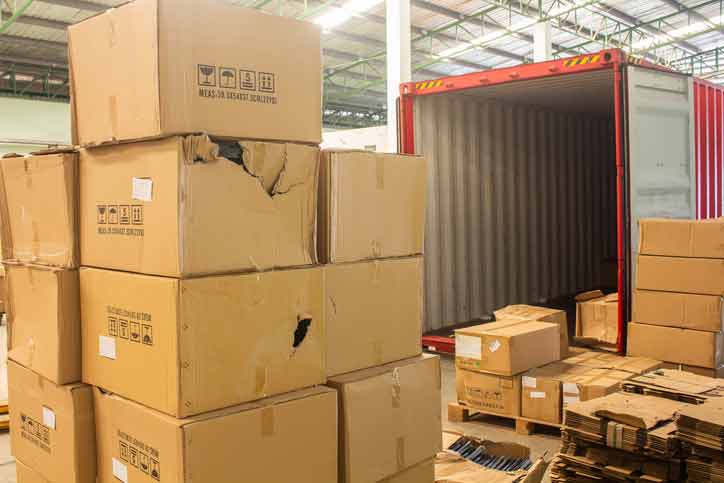
Whether you’re a small business or an experienced freight shipper, accidental freight damage can occur. In such cases, you need to initiate freight claims to recover the costs incurred due to the damage.
A freight claim is a legal process for seeking reimbursement for damaged cargo or goods upon arrival. It’s essential to be aware of a few guidelines when filing freight claims.
Receiving a Damaged Shipment
Upon the arrival of goods, it’s crucial to thoroughly inspect the shipment before confirming its delivery. Notating any damages or shortages on the delivery receipt or bill of lading is essential to seek compensation for any issues. There are three types of freight claim:
Visible Damage: Inspect the freight upon delivery, noting any noticeable damage on the bill of lading and filing a freight claim. Take pictures of the damaged freight for documentation.
Concealed Damage: Even if there are no noticeable damages, inspect the freight as soon as possible. Concealed damages typically have a filing window of around 5 days. The longer a shipper waits, the less likely the freight claim will be paid out.
Shortages: If a shipment arrives without all items on the pallet, clearly notate the shortages on the Bill of Lading upon arrival. It’s crucial not only to inspect the package but also to count quantities on the pallet.
All notations should be specific and detailed about the damage or shortage, avoiding placing blame on any party. For instance, if there is a tear in a carton, the shipper should write ‘3″ tear in carton.’ The receiver should avoid attributing blame, such as ‘3″ tear in carton due to improper packaging,’ as it could diminish the chances of a successful freight claim payout by assigning responsibility.
Filing a Freight Claim
To file a freight claim, ensure that you have all the proper documents to file the claim:
- Proof of Delivery (POD) / Bill of Lading (BOL)
- Photos of the Damage
- Original Invoice / Repair Estimates
These initial documents and resources are crucial for filing a freight claim, but be prepared for the possibility that the carrier may request additional documentation. The carrier must respond and acknowledge a freight claim within 60 days. Filing a freight claim promptly is advantageous for the shipper.
Throughout the freight claim process, maintaining possession of the product is vital. The carrier retains the right to inspect and repossess the items if the claim is approved.
Freight Claims through a 3PL Provider
Working with a Third-Party Logistics Provider (3PL) to file and manage freight claims offers distinct advantages. 3PLs come equipped with dedicated claim specialists who handle the claims process on your behalf. Although the claims specialist may need additional resources, you can find peace of mind knowing that an expert is handling the claim.
TLI offers Freight Claim services to our clients. You can file a claim directly with our claims team, or through our ViewPoint TMS system. File and track claims within the same system used for booking and tracking shipments.
